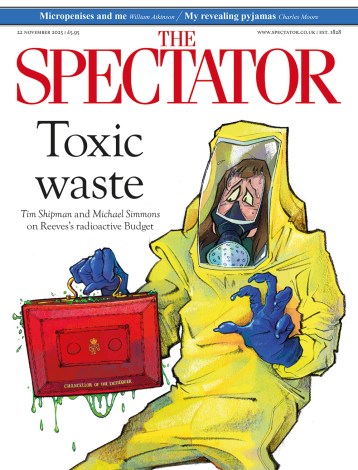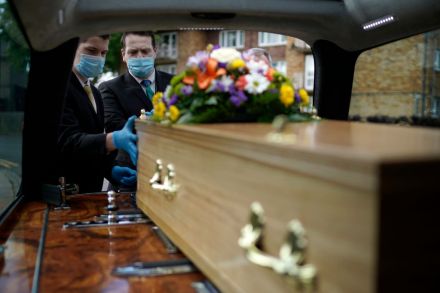Datageddon: Britain’s stats have become dangerously unreliable
There were cheers in the Treasury last month as the nation’s statisticians discovered a spare £3 billion down the back of the sofa. The Office for National Statistics (ONS) admitted that VAT receipts had been under-reported by £1 billion last year and £2 billion this year. The newly found cash will go some way to filling the Chancellor’s £30 billion fiscal black hole, but not everyone was celebrating. Just 150 miles west along the M4, at the home of the ONS in Newport, Wales, the mood was grim. The embattled agency was splashed across the papers for the wrong reasons. This error was just the latest in a long line




















